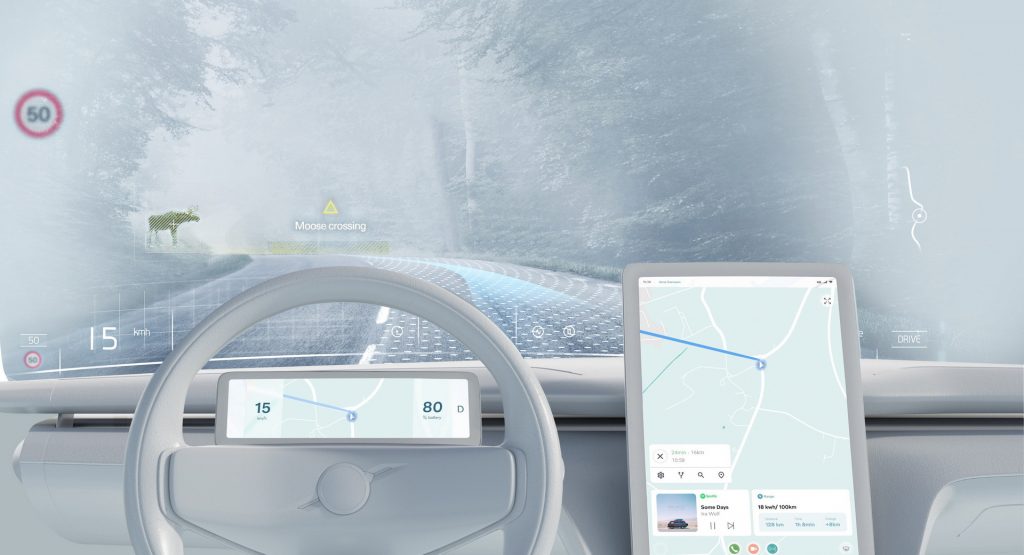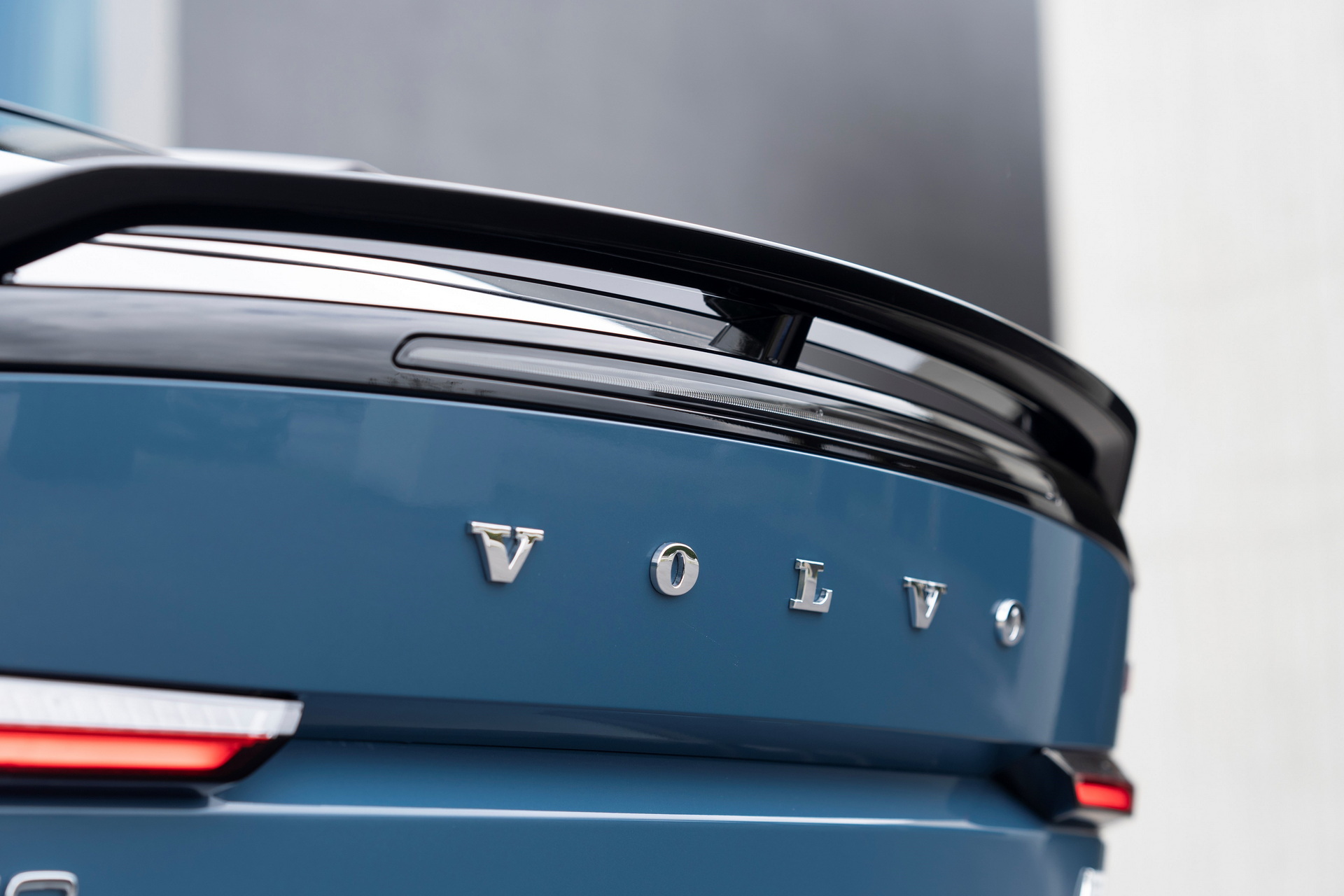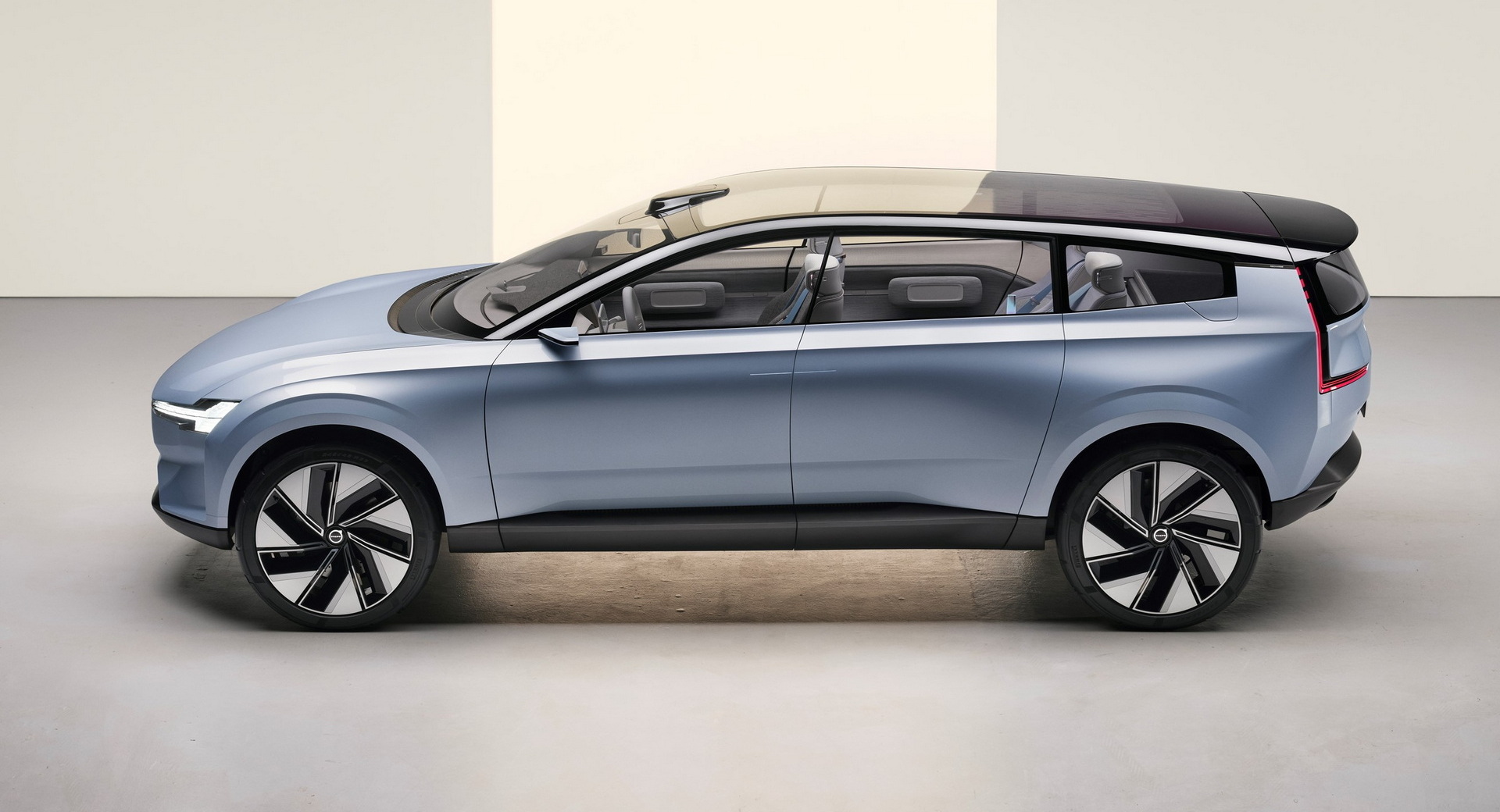Volvo Cars announced that its venture capital arm, Volvo Cars Tech Fund, has invested in Spectralics, an optics and imaging technology startup.
Volvo says its investment will give it early access to Spectralics’ multi-layered thin combiner (MLTC). This is a new type of thin optics film applicable to see-through surfaces that, when integrated, can overlay imagery on the glass. This means that when applied on a vehicle’s windshield, it can be used as a heads-up display (HUD) that spans from one side of the car to the other. This would open up new possibilities for augmented reality technology that could give drivers a sense of distance as virtual objects are superimposed onto the road.
Read Also: Subaru Made A Drone With Autonomous Tech Avoid A Crash With A Helicopter
“Spectralics is an exciting company with technology that holds truly great promise,” said Henrik Green, chief product officer at Volvo Cars. “By supporting their development, we can bring forward the potential their products could have in future Volvo cars.”
Beyond that, Volvo also proposes using the technology for in-cabin sensing, blind-proof front-looking cameras, and digital holographic projections.
“This investment is another result of our successful collaboration with MobilityXlab and DRIVE, and it deepens our relationship with these innovation partners,” said Lee Ma, head of the Volvo Cars Tech Fund. “Spectralics is a good portfolio fit for us and we believe that their technology has the potential to set a standard for the next generation of displays and cameras.”
Spectralics is an Israel-based company whose work has mainly been focused on aerospace. The company first came to Volvo’s attention at the MobilityXLab program in Gothenburg, Sweden, an accelerator for promising startups that Volvo has been a leading partner in since 2017.
“We are proud to partner with a progressive technology leader like Volvo Cars,” said Ran Bar-Yosef, co-founder and chief executive officer of Spectralics. “We identify multiple touch-points with Volvo Cars’ vision in the ecosystem and recognize future Volvos as the right fit for new technologies.”






